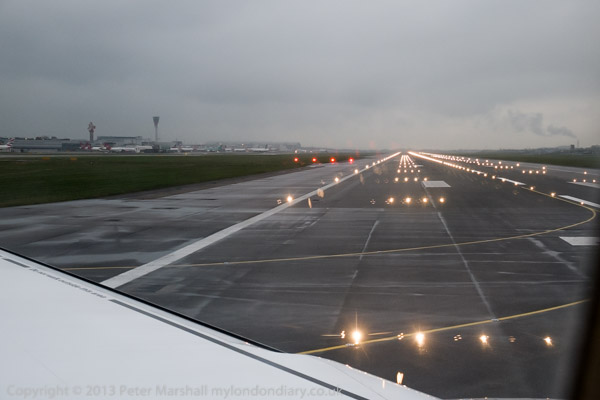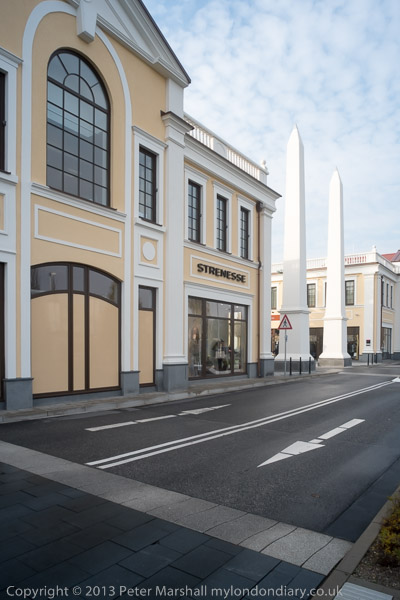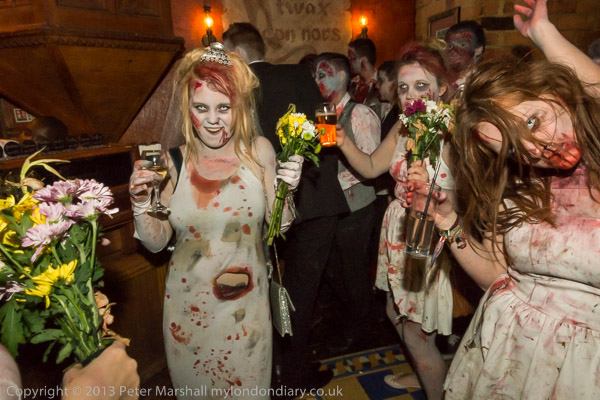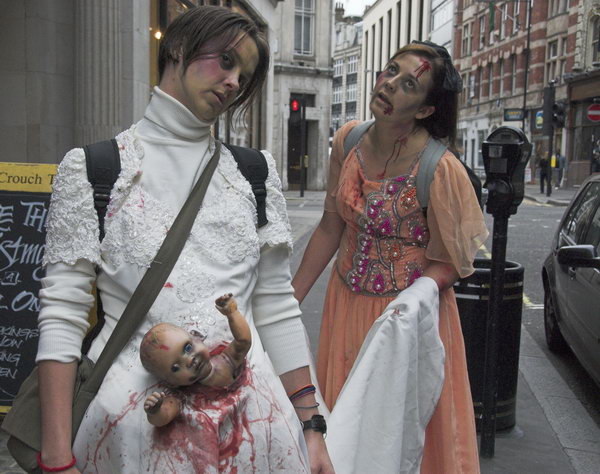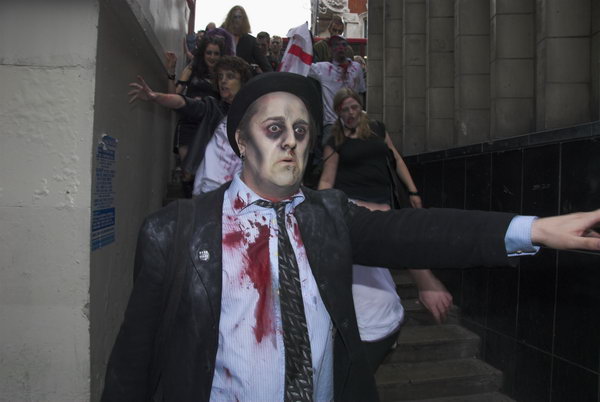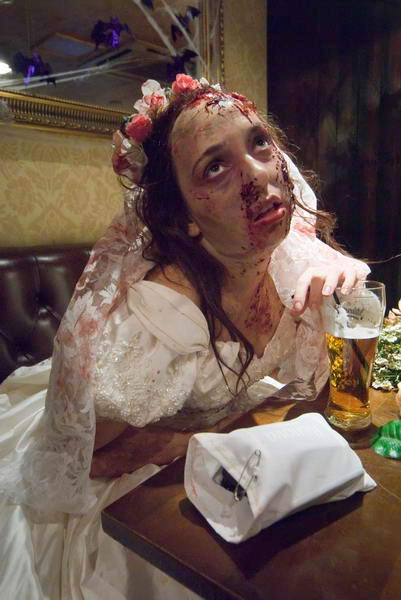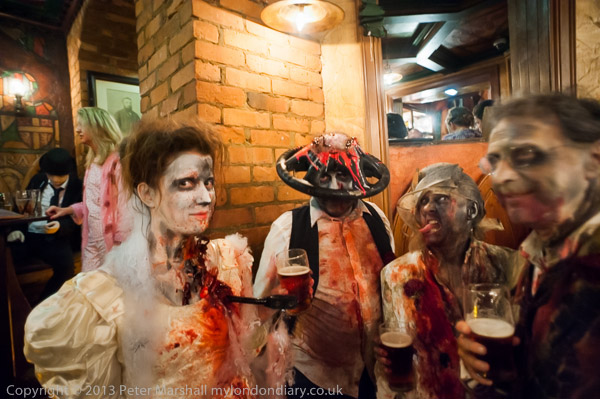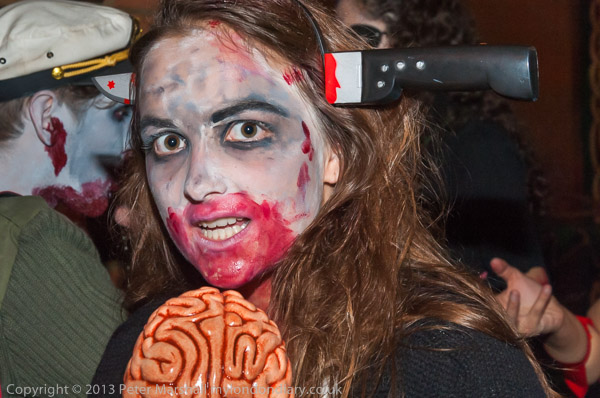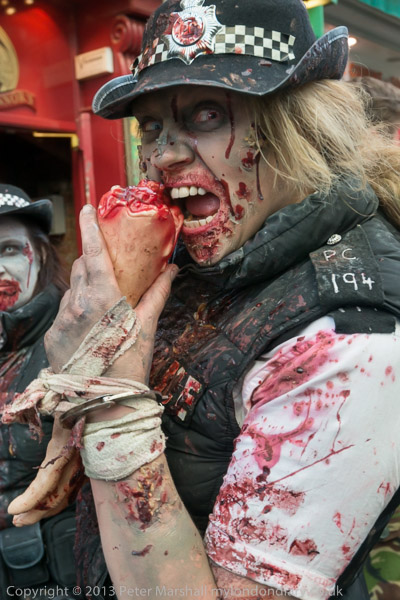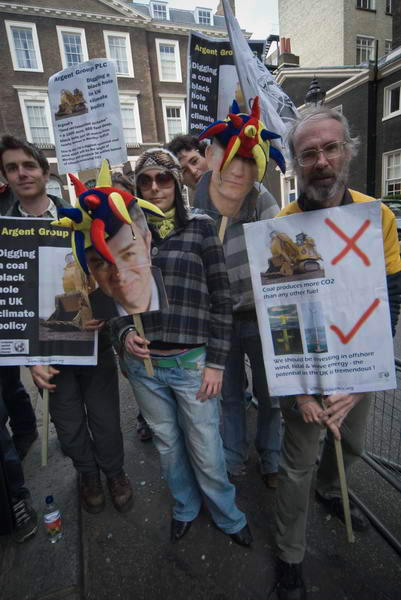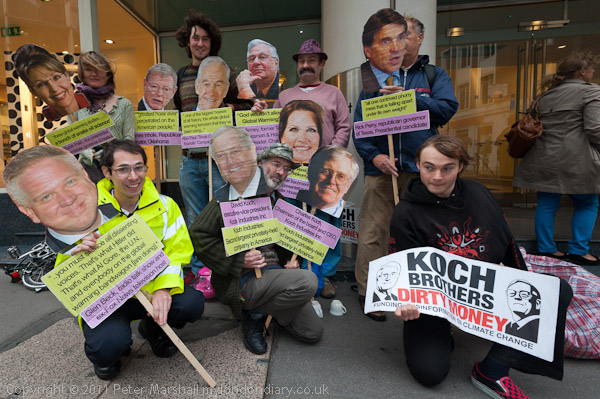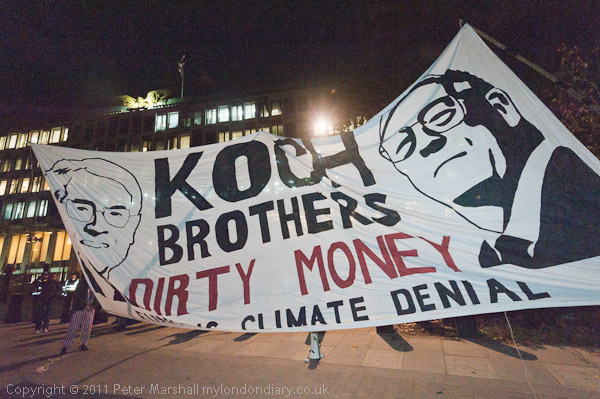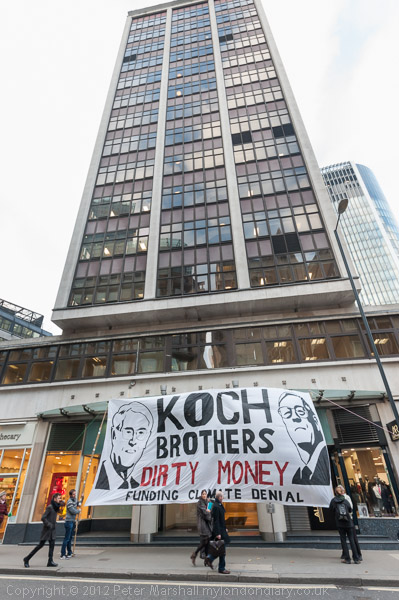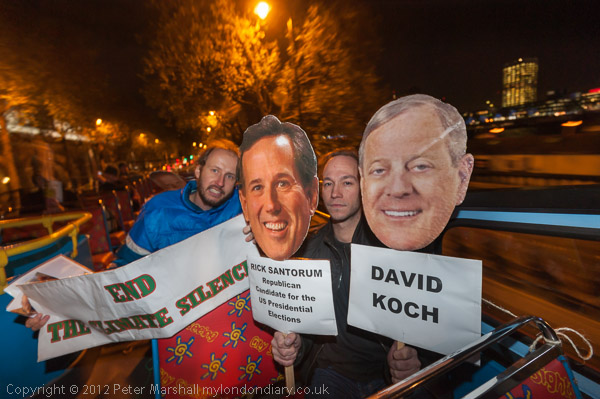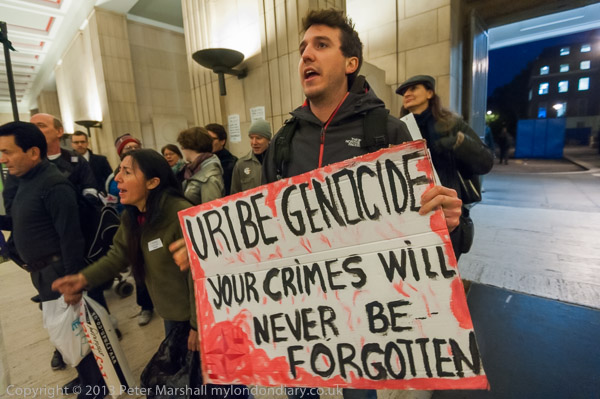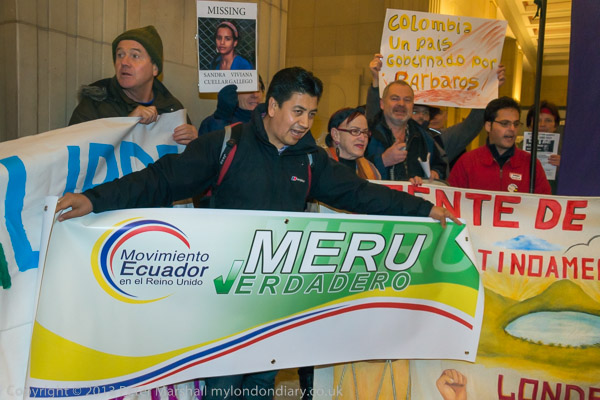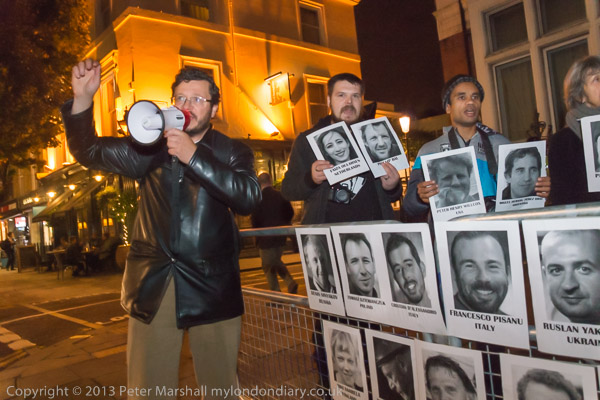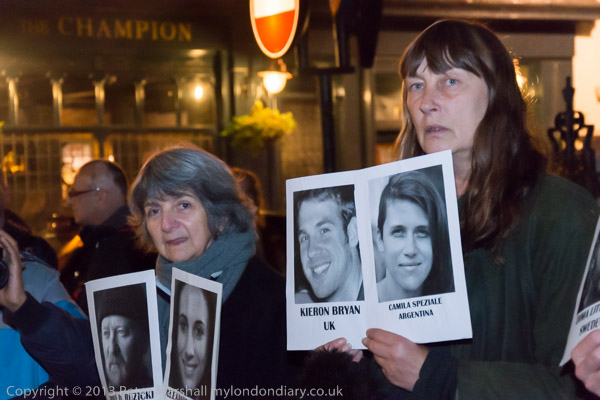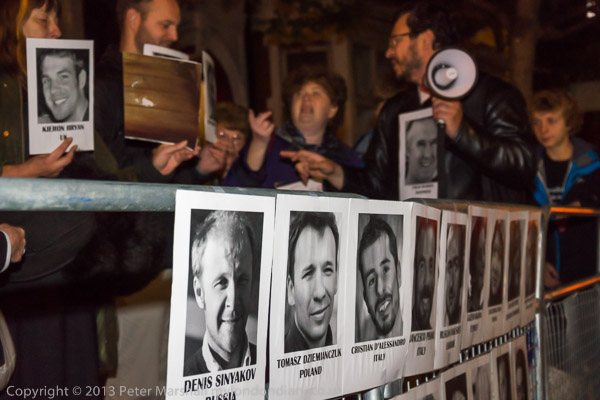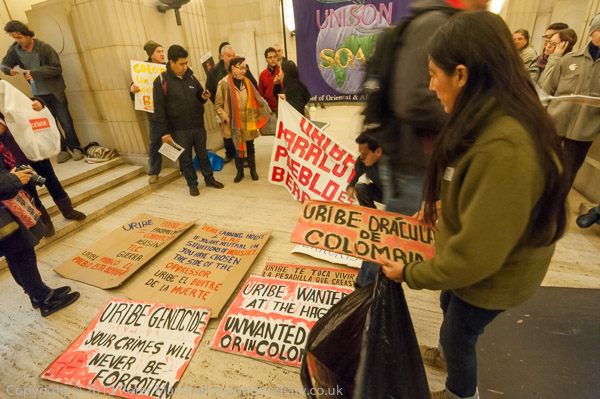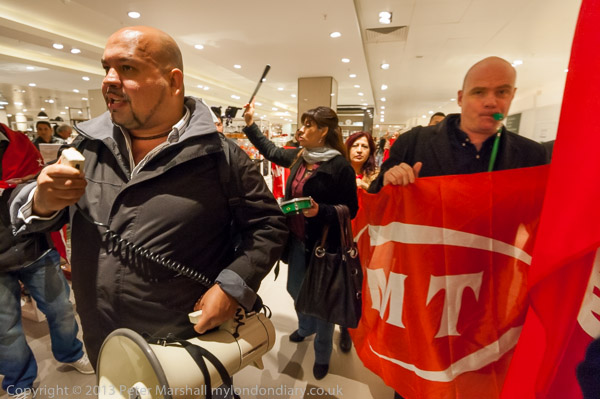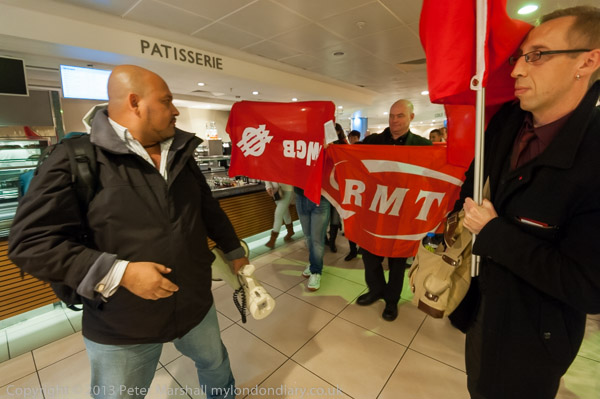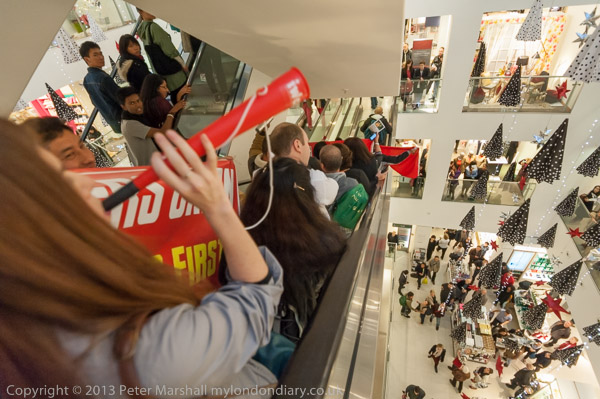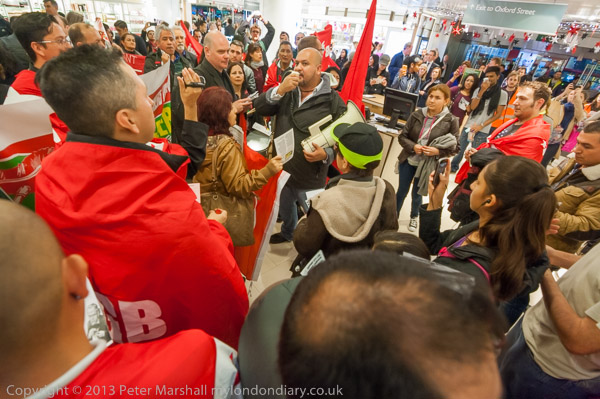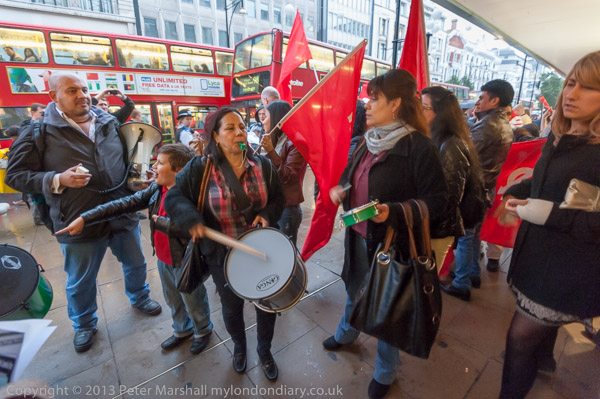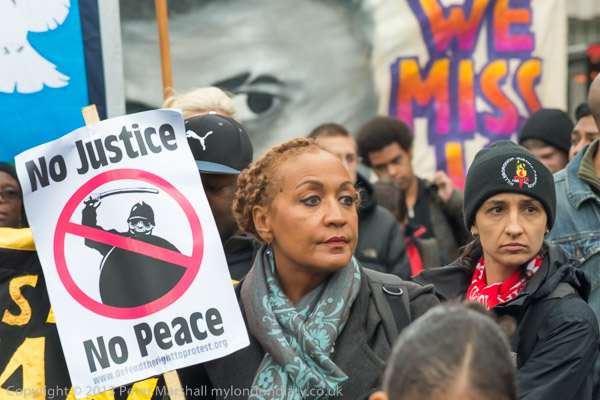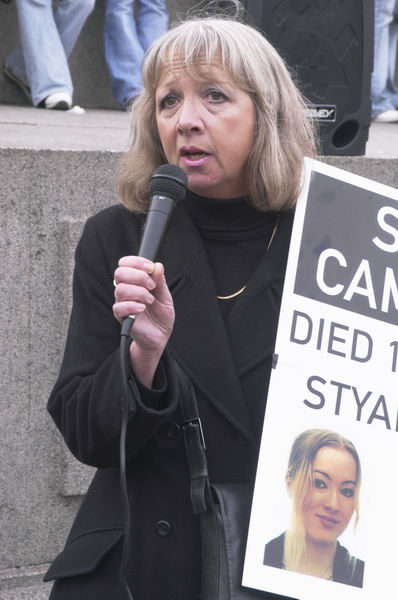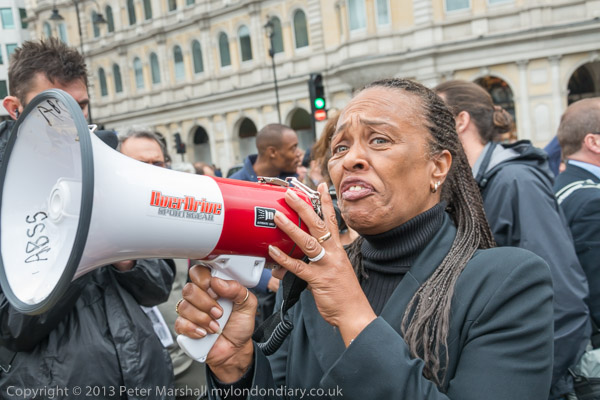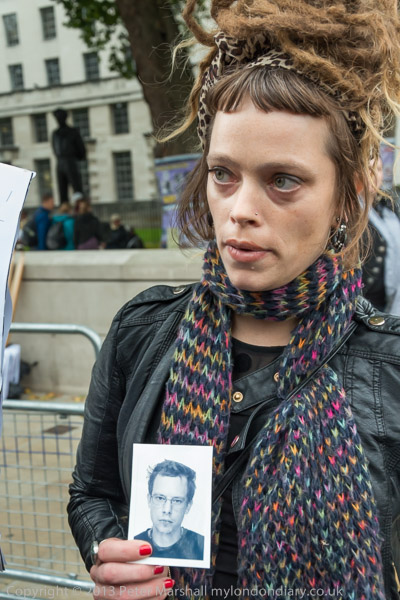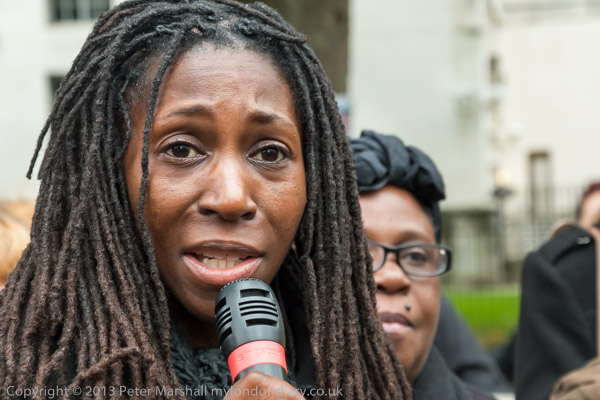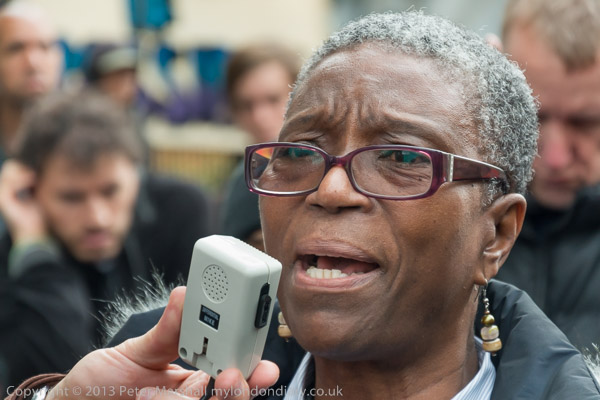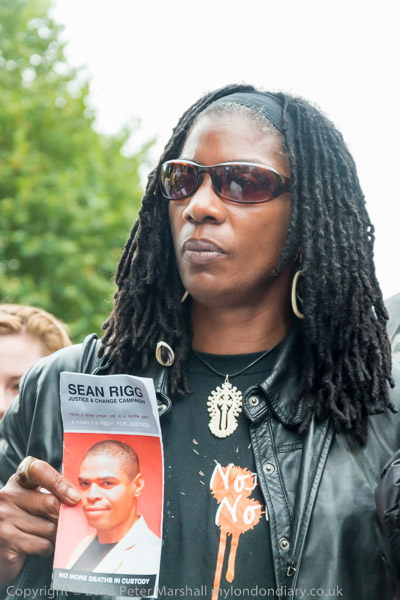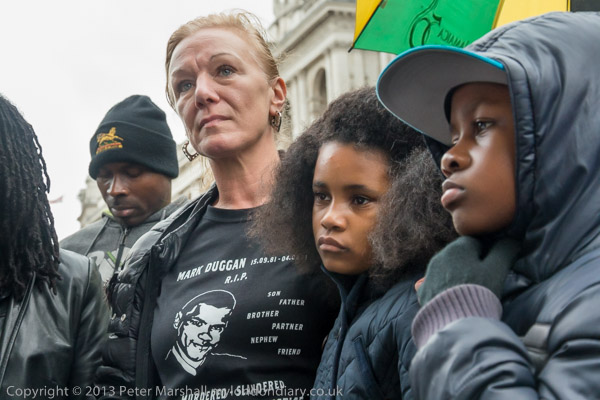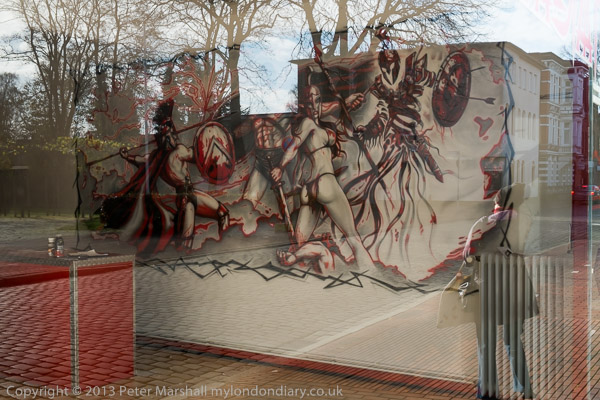
We (myself and Linda who you can see if you look hard in the picture above) were in Germany over the period including Remembrance Day, when for at least for couple of weeks beforehand it seems to be increasingly obligatory to wear a poppy in the UK.
I’ve seen over the years a change in the way we treat annual remembrance and I think it has become far more celebratory and militaristic than in my youth, when “at the 11th hour of the 11th day of the 11th month” the traffic still pulled to the side of the road for two minutes of national silence. The silence and the thoughts surrounding it was then the main event, while now it seems to be more an occasion for military parades.
I think the changes are linked to there being fewer and fewer people remaining who actually fought in the two world wars. Certainly many of those who survived the ‘Great War’ (in which my own father took a very minor role) had a huge sense of its futility and a longing for peace. But they are no longer with us. Television has also played its part – while back then people took part, both in the silence and in local events on the Sunday, now more just watch the major parade in Whitehall, complete with its BBC commentary.
Back when I was standing shivering in my Boy Scout shorts at the local war memorial at least we sometimes got to hear first-hand what some of those who had actually been Desert Rats or taken part in the D-Day landings really thought and felt, often in terms that the BBC would still not deem suitable for broadcast. Sacrifice was remembered, celebrated but not glorified.
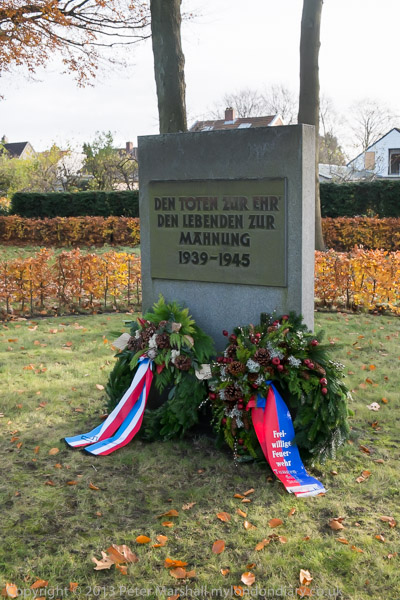
The silence on the anniversary of the Armistice which ended the ‘Great War’ in 1981 is a Commonwealth event which began in 1919 when King George V took up the suggestion of an Australian journalist and made a proclamation calling for perfect stillness so that “thoughts of everyone may be concentrated on reverent remembrance of the glorious dead.”
Perhaps unsurprisingly, this particular anniversary isn’t observed in Germany, but the Sunday closest to November 16 is observed as a national day of mourning, with church services and the laying of wreaths on monuments to those who died in the two world wars, like that above. But we saw no parades or signs of militarism. Perhaps it’s healthier for nations to lose wars than win them, though I think we needed fight to defeat the fascists.
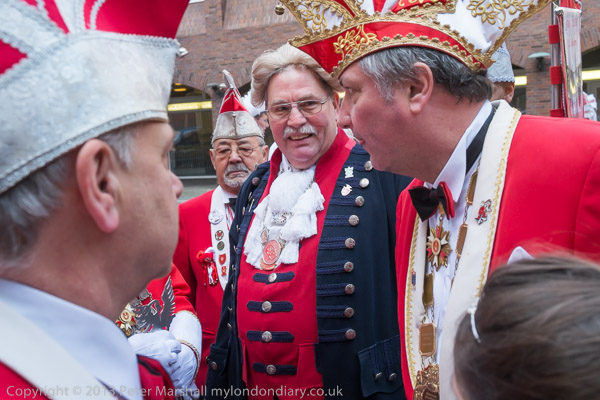
We arrived at the town hall in Neumünster a little after 11am on the 11th November and were surprised to find we had just missed the start of an event outside. We’d heard a band before we’d seen anything and I’d rushed around the corner, but they were marching off by the time I came close. They stopped in the yard outside the entrance to the main hall and I quickly took a few pictures of the carnival fools on their way inside for an important event in their annual carnival. I read about it later in the local newspaper, but didn’t entirely understand, but I think it was the crowning of the carnival king and queen for the year.
It was here I came across one of the limitations of the Fuji X-E1 for covering such events. I’d smiled at the two ladies dressed as witches and raised the camera and framed the picture, then found I couldn’t take a picture, but had to wait for what seemed like ages until the camera had finished writing to the card. Fortunately they waited long enough before going inside for me to quickly make a couple of exposures.
But apart from this, the Fuji worked well, and the technical quality of the images is outstanding. It’s a great camera and easy on the shoulder.
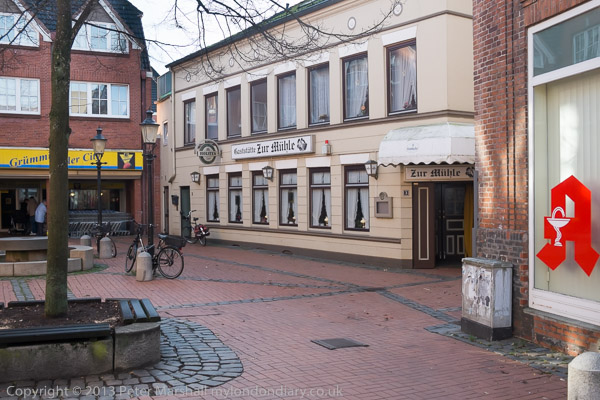
Neumünster is an interesting town, and one which became an important centre for textile manufacture in the late nineteenth century. From the tourist information centre we picked up the free booklet with a trail around the town. We followed it around though not necessarily in the right order and with some detours, but you can find pictures of most of the sights it points on in German Holiday, as well as others more interesting to me on its route.
It seems a good example of a town guide (though I had to rely on Linda to translate it from German), or at least it reflects my interests in the former industries and the flowering of architecture the wealth from them produced in the twenty or so years before that Great War. And you can mention the wars in Germany now, though probably its best to keep quiet about that World Cup. And football in general given England’s performances in recent years.
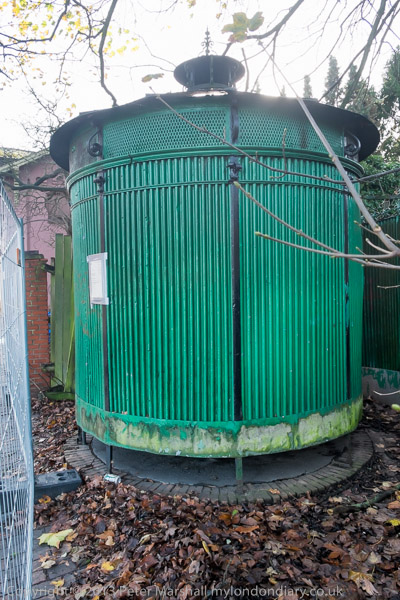
One of Neumünster’s ‘Historic Buildings’, N0. 9 on the town trail
Among the 40 or so sites of which Neumünster is proud is its only remaining cast iron urinal, painted in an attractive green; now closed for business (or rather replaced by a nearby public toilet.) It was surrounded by temporary fencing, and I took the picture poking my lens through this. Presumably it will soon be renovated and opened for public viewing if not use. There is a little flare at the top as the only possible viewpoint was with the sun shining more or less directly into the lens. I’ve reduced it in the image above, but at the expense of getting the upper parts too dark, too dull and with a slight shift towards blue. If I ever need to print the image I’ll re-work it more carefully.
Given the textile history of the place (and it now has a fine new building to house its textile museum – which we didn’t visit this time), surely some guerilla knitting was inevitable, and we found some, as you’ll find if you look through the whole set. The old textile museum was certainly worth a visit and I remember particularly enjoyed the section on the Jacquard looms, though modern museum displays can often be rather disappointing, often sacrificing information and artifacts in favour of impact. Like everyone who visits a museum is a bored twelve-year old. I hope not.
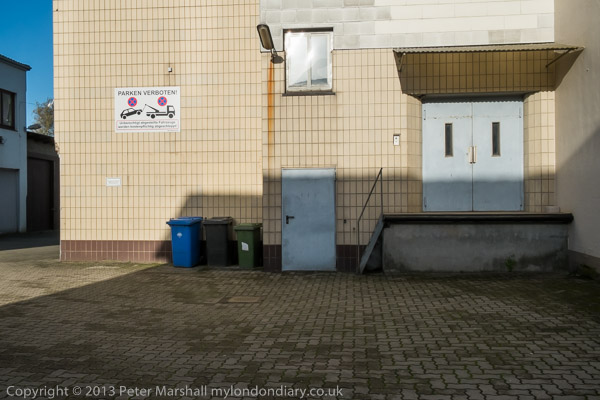
It was particularly interested to see again the scenes of some of my favourite colour images from past visits – and to find out what colour they really are, not always too obvious from the transparencies I took at the time or the prints from them. It was a reminder again of how much truer to life digital colour is than film ever was.
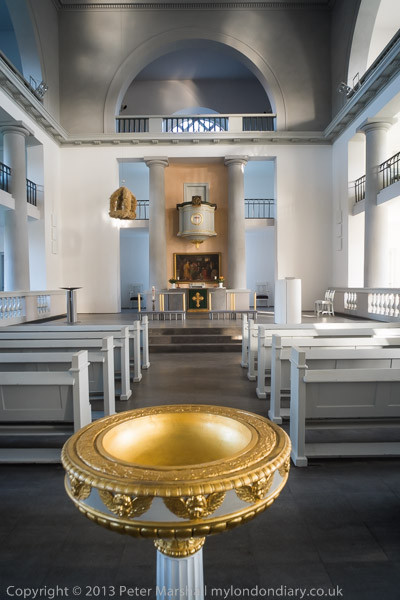
I’d forgotten from the earlier visits that Neumünster got its name from the new church that was built there – now a rather old church. We hadn’t gone inside it on our previous visits, but it is beautifully kept and has a simple rather austere beauty that I admire. It’s a picture that breaks one of my normal guides – get away from the middle – in favour of one of Minor White’s ‘Three Canons’, “Let the subject generate its own composition.” Rules are of course made to be broken when it suits.
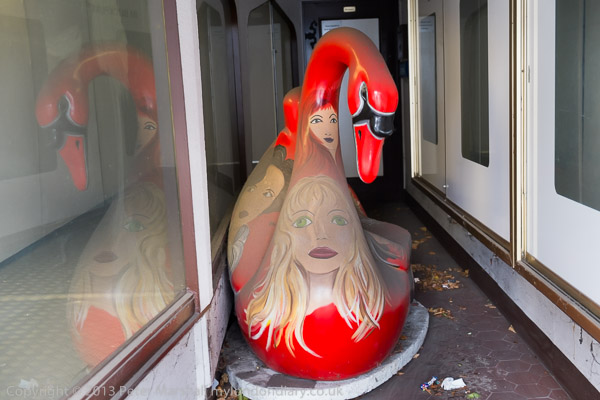
But it’s perhaps the rather odd things you come across that are more interesting – like this oddly painted swan locked away behind the glass doors to an empty shop. Or indeed the image at the top of this post.
I’ll post some more pictures from Germany in another post or two, but you can already see all that were fit to post in German Holiday.
